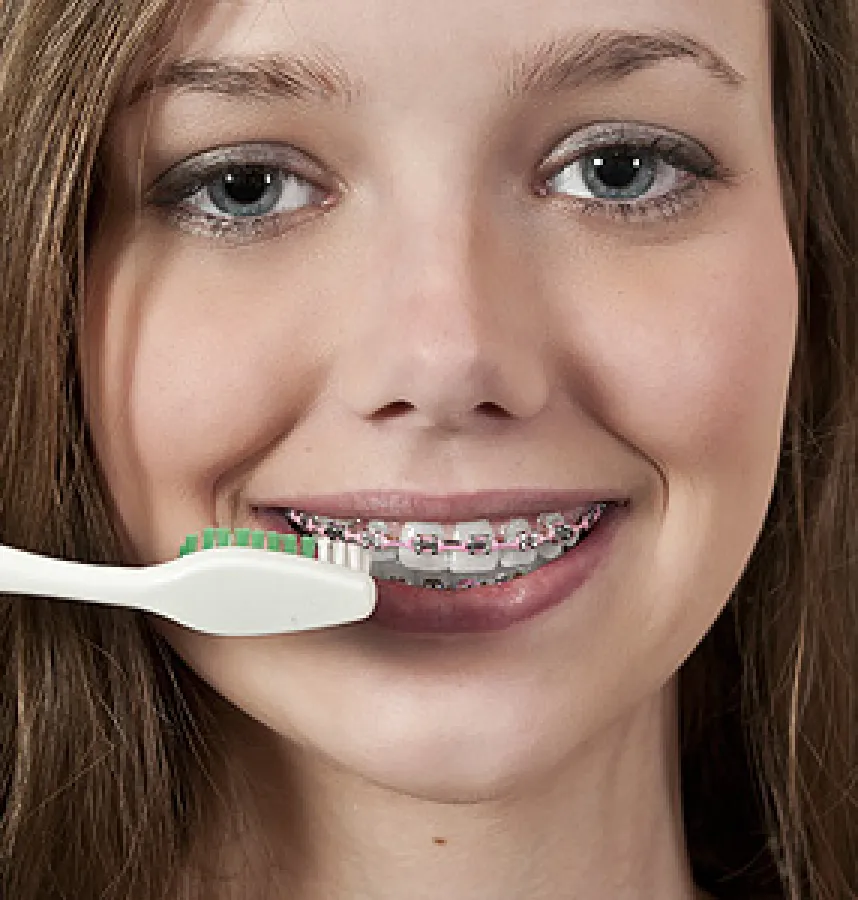
Your child has had braces for a few months and making good progress with correcting a poor bite (malocclusion), but you’ve also noticed something else: his gums are becoming red and swollen.
These are symptoms of gingivitis, a periodontal (gum) disease. It’s an infection that arises when plaque, a thin film of bacteria and food particles, isn’t adequately removed from teeth with daily brushing and flossing. The braces increase the risk for gingivitis.
This is because the hardware — metal or plastic brackets cemented to the teeth and joined together by metal bands — makes it more difficult to reach many areas of the teeth with a brush or floss string. The plaque left behind can trigger an infection that causes inflammation (swelling) and bleeding.
To exacerbate the situation, gums don’t always take well to braces and can react by overgrowing. Wearing braces may also coincide with a teenager’s surge in hormones that can accelerate the infection. Untreated, gingivitis can develop into advanced stages of disease that may eventually cause tooth loss. The effect is also heightened as we’re orthodontically putting stress on teeth to move them.
You can stay ahead of gingivitis through extra diligence with daily hygiene, especially taking a little more time to adequately get to all tooth surfaces with your brush and floss. It may also help to switch to a motorized brush or one designed to work around braces. You can make flossing easier by using special threaders to get around the wires or a water flosser that removes plaque with a pulsating water stream.
And don’t forget regular dental visits while wearing braces: we can monitor and treat overgrowth, perform thorough dental cleanings and treat occurrences of gingivitis. In some cases you may need to visit a periodontist, a specialist in gums and supporting teeth structures, for more advanced treatment. And if the disease becomes extensive, the braces may need to be removed temporarily to treat the gums and allow them to heal.
Orthodontic treatment is important for not only creating a new smile but also improving your teeth’s function. Keeping a close eye out for gum disease will make sure it doesn’t sidetrack your efforts in gaining straighter teeth.
If you would like more information on dental care during orthodontics, please contact us or schedule an appointment for a consultation. You can also learn more about this topic by reading the Dear Doctor magazine article “Gum Swelling During Orthodontics.”

